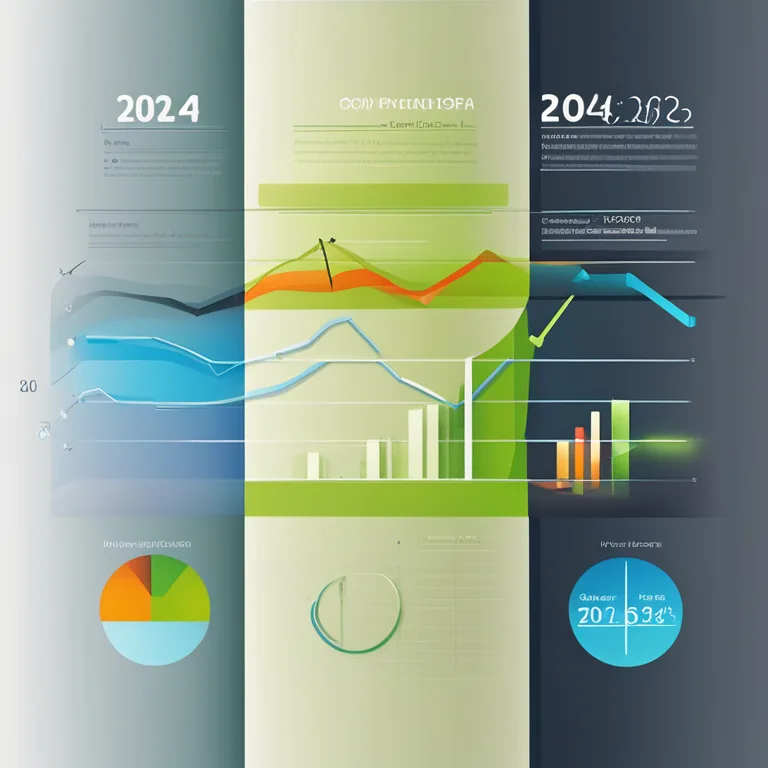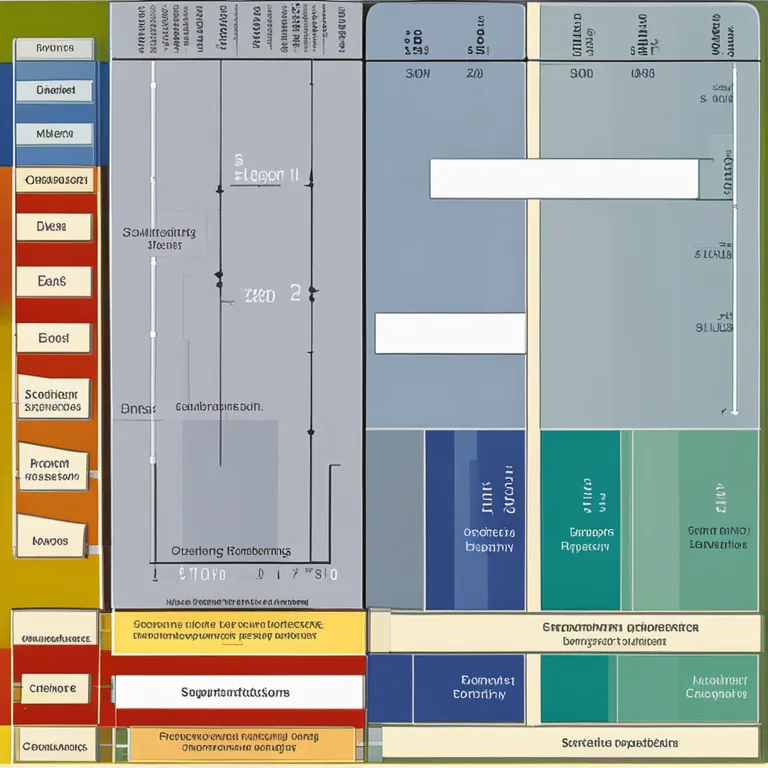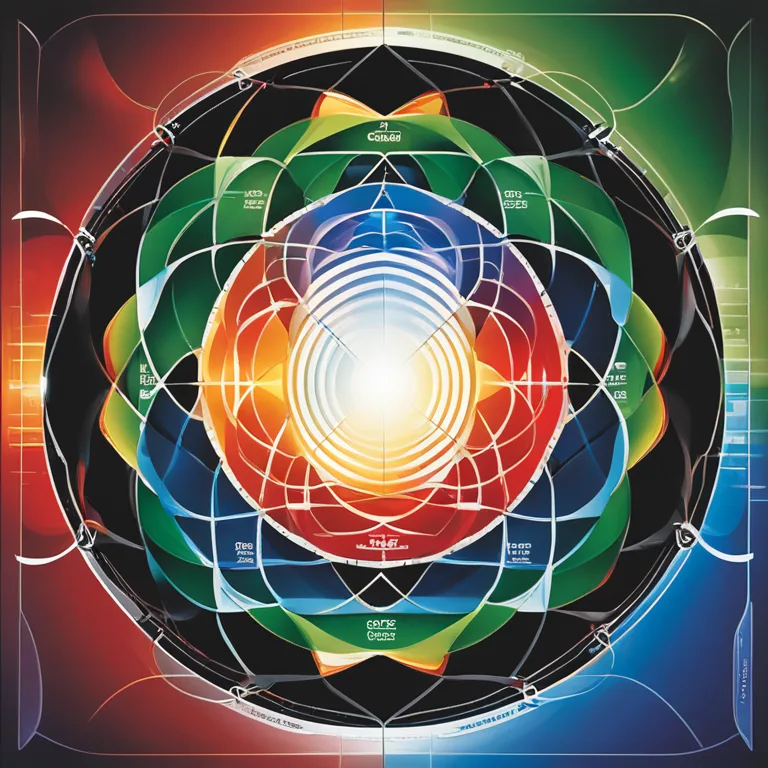
The Modern Pulse of Biorhythms
Discover the relevance and application of biorhythms in today's world as we delve into their influence on daily life, well-being, and personal growth.
article by Adrian Wallace
Biorhythm Basics
In our ever-evolving world, the ancient concept of biorhythms has found a contemporary audience. But what exactly are biorhythms? Rooted in a cyclical understanding of physiological states, biorhythms refer to the supposed natural rhythms that govern human life: physical, emotional, and intellectual cycles. Popularized in the early 20th century, the theory posits that from birth, each of these cycles has a fixed period: 23 days for the physical, 28 for the emotional, and 33 for the intellectual. The intersection of these cycles ostensibly shapes our capabilities and experiences on any given day.

Technological Integration
The digital age has given biorhythms a new lease on life. With smartphones and wearable devices, monitoring one's own biorhythms has never been easier. Applications now use algorithms to predict individual cycles, offering personalized insights. In 2024, these tools are becoming increasingly sophisticated, folding in data from biometric sensors to enhance accuracy. For many, these personalized biorhythm charts serve as guides for scheduling activities, managing stress, and making critical decisions.

Scientific Scrutiny
While biorhythms intrigue many, they also face scientific scrutiny. Critics argue that there is a lack of empirical evidence supporting biorhythmic predictions. However, proponents counter that personal experience and anecdotal evidence can't be discounted. They suggest a holistic approach to well-being, wherein biorhythms serve as one of many tools. As discussions unfold in academic and wellness circles, the bridge between skeptical inquiry and personal belief continues to shape the future of biorhythmic study.

Biorhythms and Daily Life
For the believer, biorhythms can influence daily life decisions. From choosing the best day for a job interview to planning a wedding date, followers take their peaks and troughs seriously. The physical cycle is said to impact strength and coordination, the emotional cycle mood and creativity, and the intellectual cycle analytical thinking and learning. By aligning activities with these highs and lows, individuals aim to optimize their performance and overall happiness.

Personal Growth and Biorhythms
Beyond daily decision-making, biorhythms are often interwoven with personal development strategies. The notion that self-awareness can be fostered by understanding one's natural rhythms is attractive to many. Coaches and therapists sometimes incorporate biorhythmic analysis into their practices, helping clients to harmonize with their cycles and embrace natural ebbs and flows for personal growth.
Critical Balance
In promoting well-being, maintaining a critical balance is crucial. While the use of biorhythms for self-improvement and increased alignment with natural cycles is compelling, it is important not to overlook established health practices. A balanced diet, regular exercise, and sufficient rest, remain foundational. Users of biorhythmic information should complement these essential health practices with the insights their cycles may provide, rather than substituting one for the other.
Published: 12/28/2023
Modified: 12/28/2023
More predictions
Come back here soon to learn more about yourself and your future


The Reality Of Biorhythm Compatibility
Unravel the truth behind biorhythm compatibility and its role in personal relationships and daily life.


Biorhythms In Humans Explored
Exploring the concept of biorhythms and their influence on human behavior and physical states.


Biorhythm Theory: Fact Or Fallacy?
Explore the fascinating concept of biorhythms to discern if there's any scientific accuracy behind this popular belief.